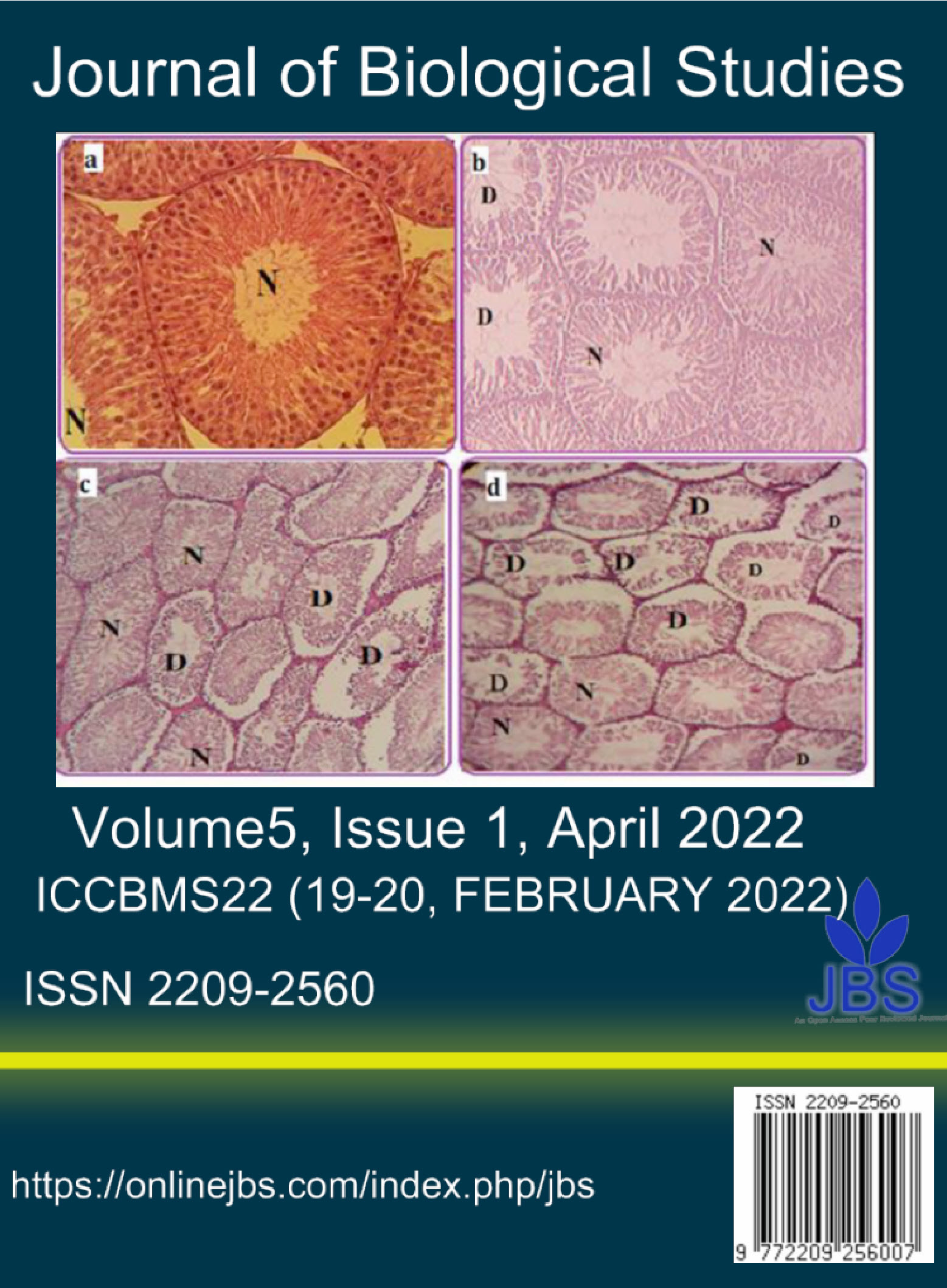Regulation of Schizophyllum commune BCC632 cellulase and xylanase activities
Main Article Content
Abstract
The polysaccharide-hydrolyzing enzymes of Schizophyllum commune BCC 632 have been analyzed in submerged fermentation conditions to elucidate the effect of chemically and structurally different carbon sources on the expression of cellulases and xylanase. Production of cellulase and xylanase by S. commune BCC 632 requires the presence of inducing substrate in the culture medium. Crystalline cellulose appeared to be the best carbon source providing the highest endoglucanase (53.5 U/mL) and total cellulase (9.2 U/mL) activities. In particular, this fungus appeared to be a super-producer of xylanase (636.1 U/mL). Among complex lignocellulosic substrates, mandarin pomace provided high enzyme activity whereas wheat straw appeared to be a poor substrate for both cellulases and xylanase secretion. However, the supplementation of wheat straw-based medium with mandarin pomace or glycerol resulted in a significant secretion of cellulase and xylanase by the fungus. Nevertheless, the addition of 0.5% glucose to the Avicel-containing medium caused short-term catabolite repression of the synthesis of both cellulase and xylanase while the addition of α-deoxy-D-glucose completely prevented enzyme secretion. Extracellular protein electrophoresis and inhibitory assay using cycloheximide and actinomycin D has shown that both cellulase and xylanase are inducible enzymes and subject to catabolite repression by readily metabolizable sugars.
Article Details

This work is licensed under a Creative Commons Attribution 4.0 International License.
